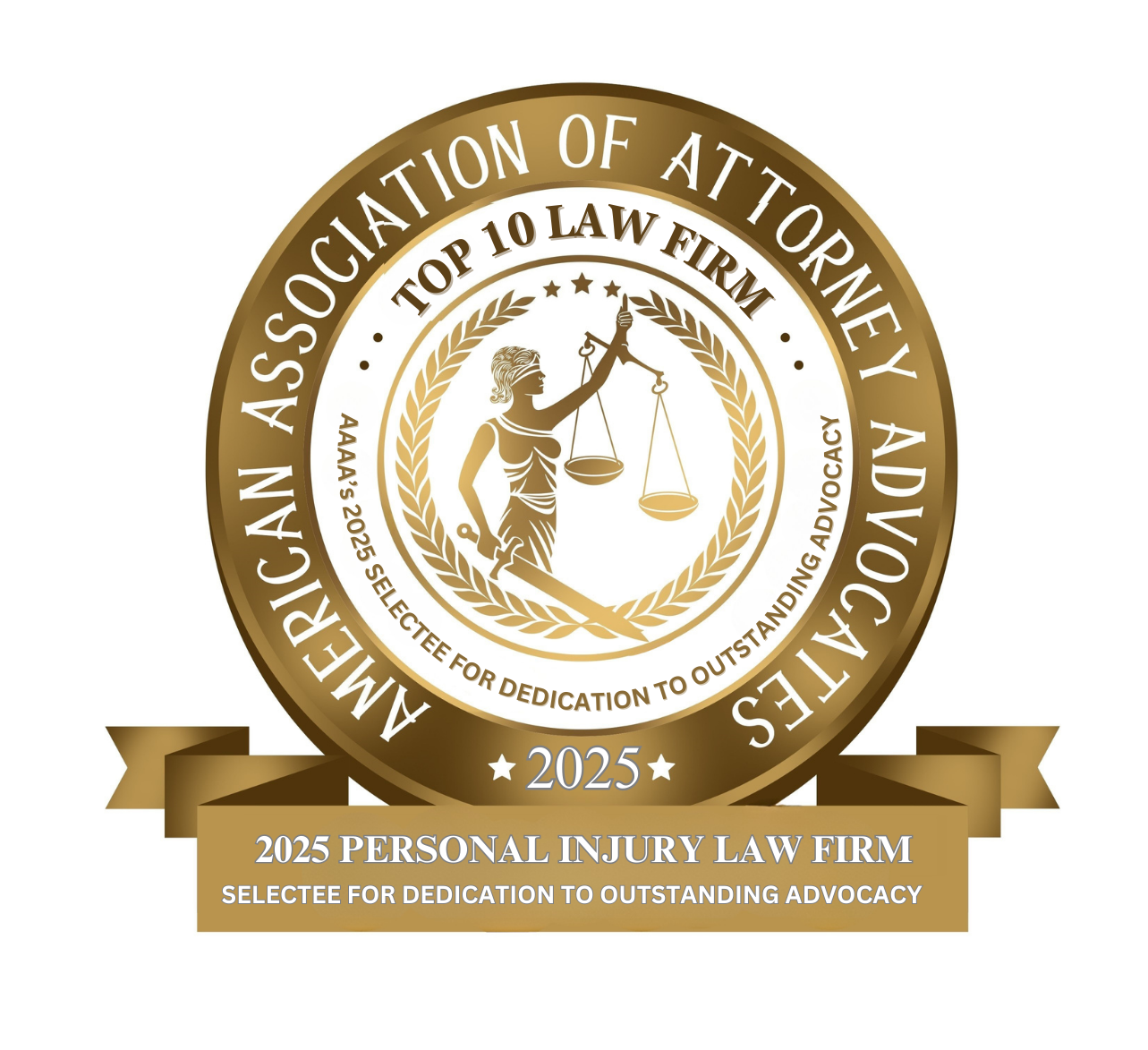- Free Consultation: (630) 527-4177 Tap Here to Call Us
Understanding Jablonski v. Ford: Key Takeaways for Plaintiffs in Illinois Product Liability Cases
Product liability law in Illinois has evolved significantly, and one landmark case that highlights critical aspects of this evolution is Jablonski v. Ford Motor Co. For plaintiffs pursuing product liability claims, understanding the requirements and implications of this case is crucial. This blog delves into the details of Jablonski v. Ford and outlines what plaintiffs need to prove to succeed in an Illinois product liability case.
The Background of Jablonski v. Ford
The case of Jablonski v. Ford Motor Co. revolves around a tragic accident that resulted in severe injuries and a fatality. In 2003, a Ford Crown Victoria operated by John Jablonski Sr. was rear-ended at a high rate of speed. John Jablonski Sr.’s wife, Dora Jablonski, was a passenger in the Ford vehicle. As a result of the collision, the Ford’s fuel tank punctured and burst into flames, killing John Jablonski Sr. and causing severe burns and permanent disfigurement to Dora. Dora and the couples’ son, John Jablonski Jr. sued the at-fault driver and Ford. They argued that Ford was negligent in the design of the vehicle’s fuel system.
They also contended that Ford should have anticipated the risk of fuel tank puncture in rear-end collisions and that alternative, safer designs were feasible. The plaintiffs further asserted that Ford failed to warn consumers adequately about the potential danger. This case ultimately reached the Illinois Supreme Court, which rendered a significant decision in 2011.
Key Legal Principles from Jablonski v. Ford
The Illinois Supreme Court’s decision in Jablonski v. Ford emphasized several critical points relevant to product liability litigation:
- Duty and Foreseeability:
- The court highlighted that manufacturers have a duty to design reasonably safe products. This duty includes foreseeing and mitigating potential risks that could arise from normal use or foreseeable misuse of the product. In Jablonski, the court considered whether Ford should have anticipated the specific risk of fuel tank puncture in a rear-end collision.
- Risk-Utility Test:
- The court applied the risk-utility test, which weighs the risks posed by a product’s design against its utility and the feasibility of alternative designs. While the plaintiffs argued that Ford could have adopted safer designs, the court examined whether these alternatives were practical and whether their benefits outweighed the costs and other trade-offs.
- Consumer Expectation Test:
- Notably, the court did not solely rely on the risk-utility test. It incorporated the consumer expectation test as a factor within the risk-utility analysis. This means that a product must meet the safety expectations of an ordinary consumer. In the Jablonski case, the court considered whether an ordinary consumer would expect the Crown Victoria to have a safer fuel tank design.
- Adequacy of Warnings:
- The court also examined whether Ford provided adequate warnings about the potential risks associated with the vehicle’s fuel tank. A manufacturer’s duty to warn is an essential aspect of product liability, ensuring that consumers are informed about non-obvious dangers.
Requirements for Plaintiffs in Illinois Product Liability Cases
To be successful in a product liability claim in Illinois, plaintiffs must establish several key elements:
- Defective Condition:
- Plaintiffs must demonstrate that the product was in a defective condition when it left the manufacturer’s control. This defect can be due to design, manufacturing, or inadequate warnings. In the context of Jablonski, the alleged defect was in the design of the fuel system.
- Unreasonably Dangerous:
- The defect must render the product unreasonably dangerous. This means that the product poses a risk of harm beyond what an ordinary consumer would expect. Plaintiffs can use the consumer expectation test to show that the product failed to meet ordinary safety expectations.
- Causation:
- Plaintiffs must prove that the defect directly caused their injury. This requires demonstrating a clear link between the defect and the harm suffered. In Jablonski, the plaintiffs needed to show that the fuel tank design defect caused the fire and resulting injuries.
- Foreseeability:
- The harm must be a foreseeable result of the defect. Manufacturers are expected to anticipate potential risks and design products to mitigate those risks. The Jablonski decision emphasized the importance of foreseeability in determining the scope of the manufacturer’s duty.
- Damages:
- Finally, plaintiffs must show that they suffered actual damages as a result of the defect. This can include medical expenses, lost wages, pain and suffering, and other compensable losses.
Implications of Jablonski v. Ford for Future Product Liability Cases
The Jablonski v. Ford decision underscores the importance of a thorough and multi-faceted approach to product liability claims in Illinois. Plaintiffs must be prepared to address both the risk-utility and consumer expectation tests, demonstrating that the product was unreasonably dangerous and that feasible, safer alternatives existed. For more information on both the risk-utility and consumer expectation tests, visit our previous blog HERE.
Additionally, plaintiffs should carefully document and present evidence of the manufacturer’s knowledge of the risk and the adequacy of any warnings provided. Expert testimony is often crucial in establishing these elements, particularly in complex cases involving technical design issues.
Jablonski v. Ford serves as a pivotal case in Illinois product liability law, highlighting the critical factors plaintiffs must prove to succeed in their claims. By understanding and effectively addressing these elements, plaintiffs can build a strong case to hold manufacturers accountable for defective and unreasonably dangerous products. Because of the complexities in successfully proving a product liability claim, it is important to hire an experienced product liability attorney who can help you document and present evidence of the manufacturer’s knowledge of the defective or unsafe product.
Contact the Naperville Product Liability Attorneys at John J. Malm & Associates
Navigating the complexities of a product liability case requires expert legal guidance. An experienced personal injury attorney can help victims understand their rights, gather evidence, and build a strong case to seek compensation for their injuries. If you or a loved one has been injured by an unsafe or defective product, contact the Illinois product liability attorneys at John J. Malm & Associates to learn more about how you may be entitled to receive compensation for your injuries.















